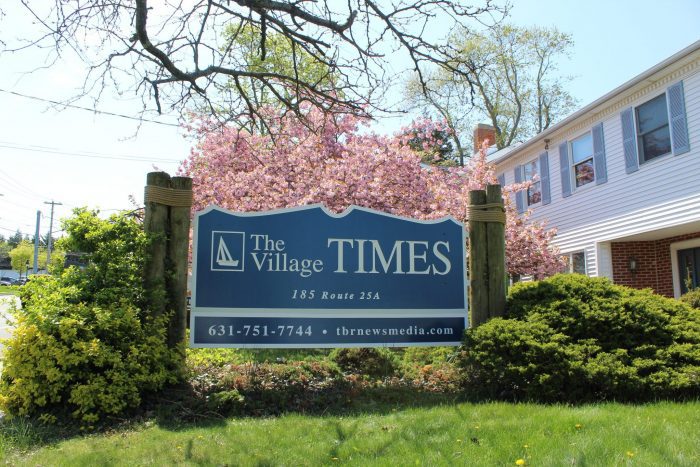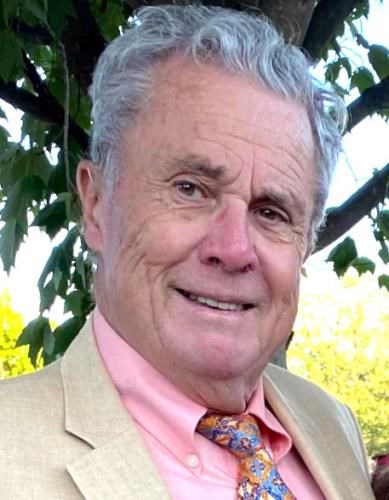Three Village BOE’s costly sleep experiment
At the meeting held Oct. 23, the Three Village Board of Education made another one of its brilliant decisions. Despite [Superintendent Kevin] Scanlon advising both the board and the public that a change in school start times would put a considerable strain on the budget, the board unanimously passed this ridiculous initiative. This change, which has been debated ad nauseum for nearly 2 years, is an enormous waste of money and time. Advocates for this lunacy truly believe that a 30-minute change will have some definitive effect on the sleep patterns of students and their academic success. What they are choosing to ignore is the simple fact that the millions of dollars that this alteration requires will now be taken away from other areas of the budget.
What’s going to happen when programs are discontinued and class sizes rise because we had to pay for the 30 extra minutes kids could stay up on their phones? I won’t keep you in suspense, I’ll just share the result. There will be an exponential uproar and a reconsideration. Much like the dazzling decision to abolish Do No Harm at this time last year, the board will be forced to rethink the start time aberration as well. And, of course, this is all contingent on the budget vote, which may have several community members rethinking their decision come May. There’s a reason there was so much foot dragging before this vote happened. Perhaps caving to fantasy beliefs about the sleep fairy granting everyone better grades and stronger attendance was not the best idea.
Stefanie Werner
East Setauket
Campaign thank you letter
Dear Friends,
I want to express my deepest gratitude to each and every one of my volunteers and supporters for your unwavering dedication throughout my NYS Senate campaign.
Whether you knocked on doors, made calls, donated resources or simply stood by myside, your commitment and hard work have made all the difference, and I am grateful and inspired.
After experiencing seven challenging campaigns as a Suffolk County legislator, I can tellyou first hand that it’s not easy running for political office. I first ran for school board trustee in 2005, and in 2011, I ran for the county legislature and won the 6th Legislative District seat as a Democrat in one of the most Republican county districts, winning seven elections until I was term limited. I overcame political divisiveness by putting people over politics and finding common ground so we could get work done by making communities safer, cleaner and more affordable.
Knowing the local issues and having both foresight and experience, I am proud to have facilitated many successful programs including partnering with law enforcement to create the School Active Violence Emergency (SAVE ) Hotline to provide a direct link for school emergency; chairing Suffolk County’s Addiction Prevention and Support Advisory Panel to address the opioid epidemic, mental health and suicide prevention; creating veterans and seniors resource guides; creating a county business hub and website to expedite the health permit process helping businesses build and expand; working to address the dangers of social media and liquid nicotine to protect our kids; educating our senior citizens on scams; supporting the construction of the North Shore Rail Trail for a safer alternative to recreate; spearheading the cleanup of ocean pollution in Long Island Sound and local harbors; supporting the acquisition of open space to protect our drinking water; and preserving our farmland legacy.
Affordability will continue to be the top issue as we enter into a very turbulent political climate. While this election is over, the work we’ve started doesn’t stop here. The connections we’ve made, the conversations we’ve had, and the ideas we’ve sparked will continue to shape the future. It has been my honor to have worked alongside some of the most dedicated and inspiring people in this county as we continue to make a difference. I wish my opponent the best and look forward to a continued partnership between government and community as we address our future goals.
Sincerely,
Sarah Anker
Former Suffolk County legislator and 2024 candidate for NYS Senate
Holiday tips from the postmaster of Selden
As the postmaster for Selden, I want to assure you that the U.S. Postal Service is primed and ready to deliver exceptional service during the 2024 holiday rush. Thanks to the substantial progress USPS has made under the Delivering for America plan — a $40 billion investment aimed at revitalizing the national postal network — our operational, transportation and delivery processes have never been more finely tuned.
My dedicated team and I are fully prepared to handle the peak holiday season surge once again.
As you and your family prepare for the holidays, it’s always a good idea to Ship It Early! We encourage everyone to send their holiday mail and packages well in advance to ensure they reach their destinations on time, but we understand that sometimes cards or packages are sent at the last minute.
This year, our recommended send-by dates for expected holiday delivery within the continental U.S. before Dec. 25 are:
•Dec. 18: USPS Ground Advantage service; First Class Mail service
•Dec. 19: Priority Mail service
•Dec. 21: Priority Mail Express service
For a complete list of recommended holiday mailing and shipping dates, please visit usps.com/holidayshippingdates. And remember: the earlier you send, the better — Ship it Early!
We are honored and grateful for your trust in the U.S. Postal Service. Your postal team at the Selden Post Office is proud to be the most affordable, reliable way to send cheer this holiday season, and we’re ready to deliver exceptional service during the holidays and beyond.
Warmest regards,
Valarie Faria
Postmaster Selden Post Office










 Without a little prep work and routine maintenance, winter weather can wreak havoc on your home. Following a few simple steps can help you avoid frozen pipes, drafty rooms and slippery sidewalks.
Without a little prep work and routine maintenance, winter weather can wreak havoc on your home. Following a few simple steps can help you avoid frozen pipes, drafty rooms and slippery sidewalks.


